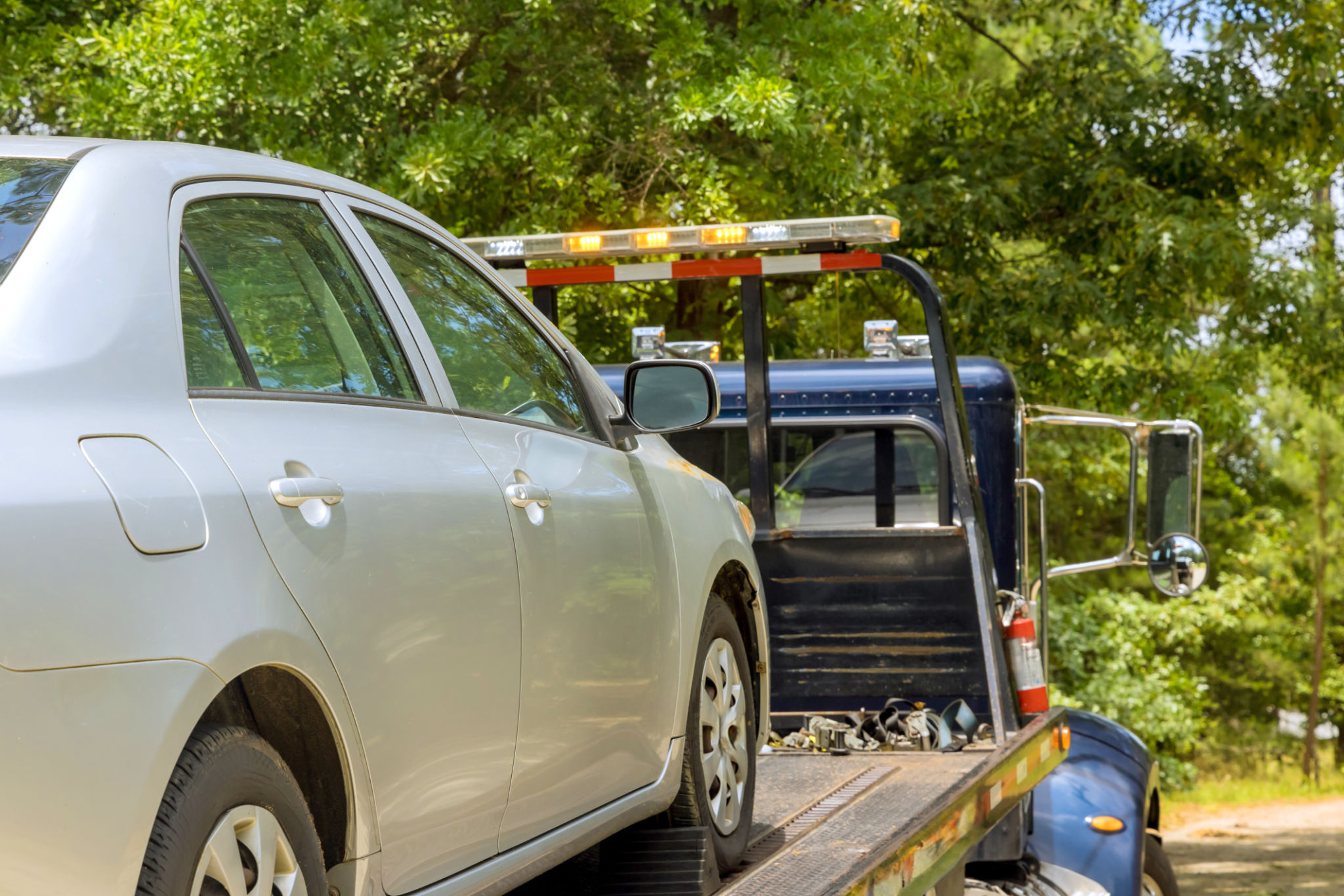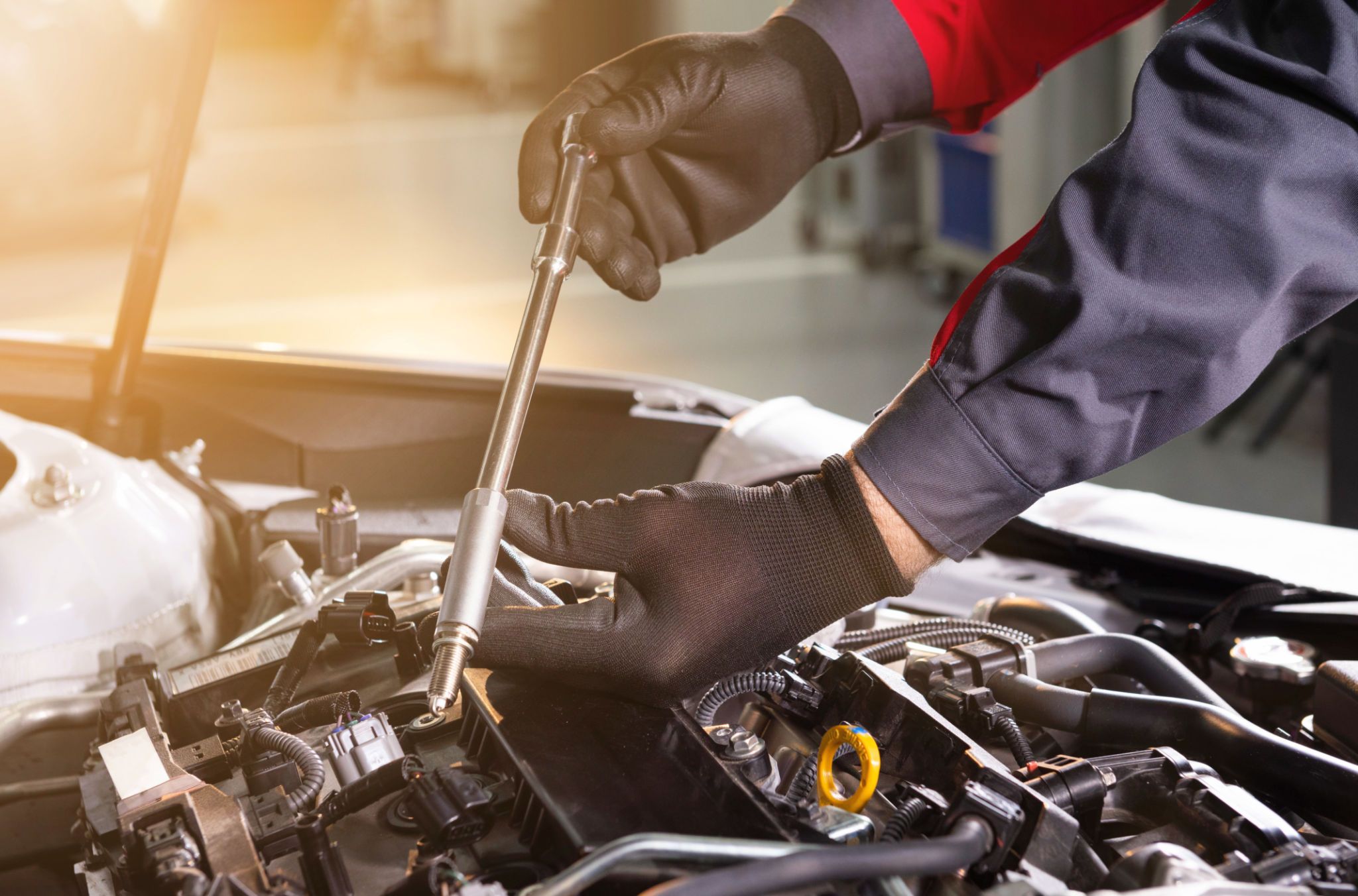Myths About Roadside Assistance: Separating Fact from Fiction
Understanding Roadside Assistance
When it comes to roadside assistance, misconceptions abound. Many drivers have preconceived notions about what roadside assistance entails, often leading to confusion when the unexpected occurs. In this blog post, we will debunk common myths and provide clarity on what roadside assistance truly offers.
Roadside assistance is a service designed to help drivers when their vehicle experiences a breakdown or related issues while on the road. These services can include everything from jump-starting a dead battery to towing a vehicle to a repair shop. However, myths surrounding these services can prevent individuals from making informed decisions.

Myth 1: Roadside Assistance Is Only for Emergencies
One of the most prevalent myths is that roadside assistance is only available for dire emergencies. In reality, roadside assistance covers a wide range of non-emergency situations. For instance, if you lock your keys in your car or run out of fuel, roadside assistance can help you get back on track without stress.
These services are designed to provide peace of mind for all types of road-related issues, not just emergencies. By understanding this, drivers can take full advantage of their roadside assistance plans.
Myth 2: It's Expensive and Not Worth the Cost
Another misconception is that roadside assistance is costly and not worth the investment. Many people believe that they will never need the service, thus making any expenditure unnecessary. However, the cost of roadside assistance is often outweighed by the convenience and security it provides.
Roadside assistance plans are typically quite affordable, and considering the high expenses associated with unexpected towing or lockout services, they can be a cost-effective choice. These plans offer a safety net that can save both money and time in the long run.

Myth 3: It Doesn't Cover Towing
Some people mistakenly believe that roadside assistance does not include towing, leaving them worried about additional costs in case of a breakdown. Contrary to this belief, most roadside assistance plans offer towing as a fundamental service, often covering reasonable distances to ensure your vehicle reaches a safe location or repair facility.
It's important to review the specific terms of your plan to understand any distance limitations or additional fees that might apply. Overall, towing is generally covered, providing essential support when your vehicle cannot be repaired on-site.
Myth 4: Only New Cars Qualify for Roadside Assistance
A common myth is that only new cars are eligible for roadside assistance services. In truth, these services are available to vehicles of any age or make. Whether you drive an older model or a brand-new vehicle, roadside assistance is designed to support all drivers.

This inclusivity allows anyone to benefit from the peace of mind and support that roadside assistance offers, regardless of their car's condition or age.
Conclusion
Roadside assistance is a valuable resource for drivers facing unexpected challenges on the road. By debunking these myths, we hope to encourage more individuals to consider adding this service to their safety toolkit. Understanding the true nature of roadside assistance helps drivers make informed decisions about protecting themselves and their vehicles when it matters most.
